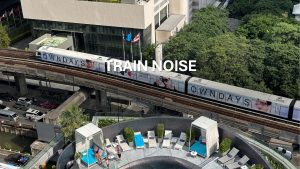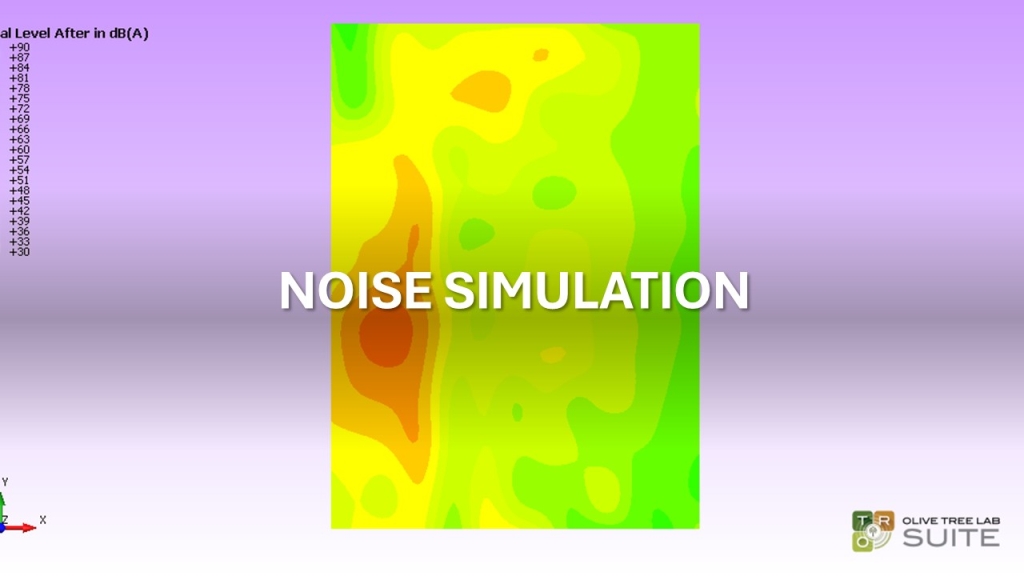Traffic & Train noise

Traffic and train noise in urban environments poses significant challenges to residents’ quality of life and well-being. As cities grow and transportation networks expand, the cacophony of vehicles and railways can reach harmful levels, impacting health and productivity. Urban rail noise stems from various sources, including wheel-rail interactions, engine sounds, and horn blasts. Similarly, road traffic generates a constant hum of engine noise, tire friction, and occasional honking. These combined acoustic assaults can lead to sleep disturbances, stress, and long-term health issues for city dwellers. Effective noise control solutions are crucial for creating livable urban spaces. Strategies may include implementing noise barriers, using sound-absorbing materials in construction, and enforcing stricter regulations on vehicle noise emissions. Advanced technologies like sound cameras can help identify and target specific noise polluters. For residents, the impact of traffic and train noise extends beyond mere annoyance. It can affect property values, cause headaches, impair concentration, and disrupt sleep patterns. Nighttime noise is particularly problematic, with 88% of affected residents citing it as the most distressing. As urban planners and policymakers grapple with this issue, innovative acoustic solutions become increasingly vital. By addressing traffic and train noise, cities can enhance the urban experience, protect public health, and create more harmonious living environments for their inhabitants.

